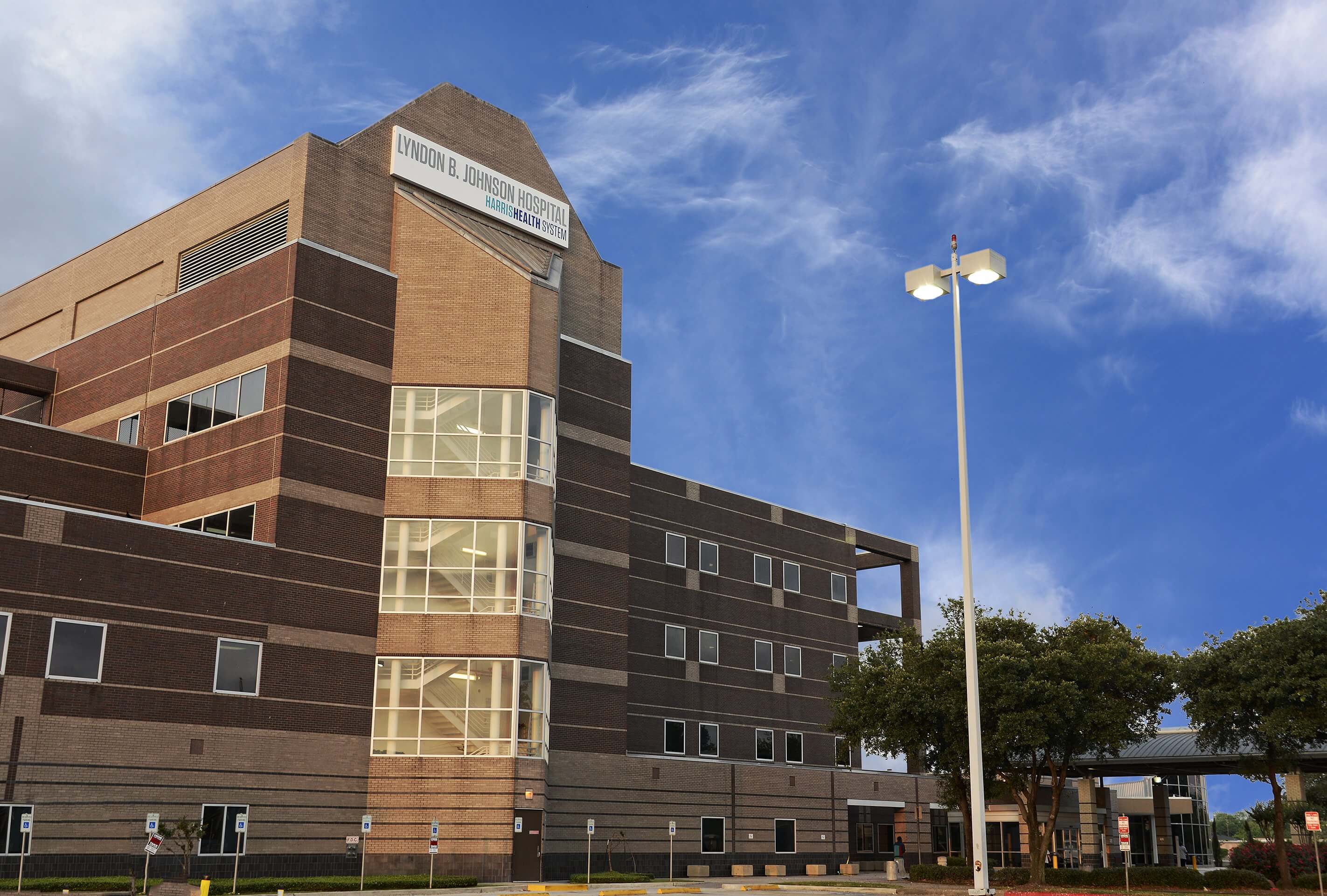Patients Play Key Role in Making Ventral Hernia Surgeries More Successful

Xochitl (So-Chil) Flores had her gallbladder removed after years of digestive issues. However, within a year after surgery she developed an uncomfortable bulge near the incision of her previous surgery. The pain was excruciating and debilitating.
Flores is one of millions of Americans that suffers from a ventral hernia, a condition that can only be repaired with surgery. Because about 30 percent of hernia surgeries may require, yet, another repair surgery, physicians and staff at Harris Health System and the University of Texas Health Science Center at Houston (UTHealth) are hoping a new research study will show how patients can improve their odds of success.
Dr. Mike Liang, principal investigator, Harris Health’s Lyndon B. Johnson Hospital, and assistant professor, Surgery, UTHealth, wants to learn if patients following a pre-surgical program of weight management and exercise tolerance can have greater success from the first surgery.
“Our research seems pretty intuitive,” Liang explains. “Think of these surgeries like a patient running a marathon or traveling on a transatlantic flight. Our study wants to find out if preparing them for that marathon or flight will help them with better outcomes.”
Initial findings seem to indicate—yes.
The study seeks 120 ventral hernia patients for the two-year project. Some participants are given team assistance, while others are given the current pre-surgery instructions practiced by providers across the nation. Those paired with a team include a nutritionist, health educator, physical therapist and hernia navigator. They also meet weekly and rely on support group buddies (patients) to achieve their goals of better eating, sustained exercise and weight loss.
Ventral hernias mostly occur on the abdomen when an area weakens and develops a tear or hole. In these cases, abdominal tissue or part of the intestines pushes through these weakened areas, causing pain and potentially deadly complications. Ventral hernias can develop because of an incomplete closure at birth, stressed abdominal wall tissues over years or surgeries that don’t heal properly.
Flores received the team support and was tasked to lose 7 percent of her weight in six months to schedule her surgery. It quickly became apparent that she was serious. In half the time, the 32-year-old lost more than her goal weight (dropping 22 pounds to 205 pounds). With that, her hernia surgery was performed in January and her recovery is going well.
“I knew I had to take advantage of all this help,” she says. “They gave me all the tools, and there was no way I was going to disappoint them or me.”
Though limited from her surgery, Flores continues to eat well and combine 30-minutes of exercise three times a week. Her regular activity is walking and playing with her 10-year-old son and 3-year-old daughter. Her goal is to increase activity to 90 minutes a day and continue to lose weight.
“Many people don’t want to sacrifice when they try to lose weight,” she adds. “You have to find your own strength and motivation, but be willing to sacrifice to achieve it. I have, and I feel 1,000-times better. I don’t ever want to feel like before or have any more surgeries because of my weight.”
Flores believes her active and healthy lifestyle is a good example for her children and others.
According to the U.S. Centers for Disease Control and Prevention, post-surgical hernias can develop soon after a procedure or many years later. They are worsened by being overweight and can affect as many as 30 percent of patients who have abdominal surgeries. Each year in the U.S., doctors perform nearly 400,000 ventral hernia repairs.
For more information about the Harris Health/UTHealth ventral hernia study, call Richard Escamilla at 713-566-8581 or e-mail at Richard.escamilla@uth.www.tmc.edu



